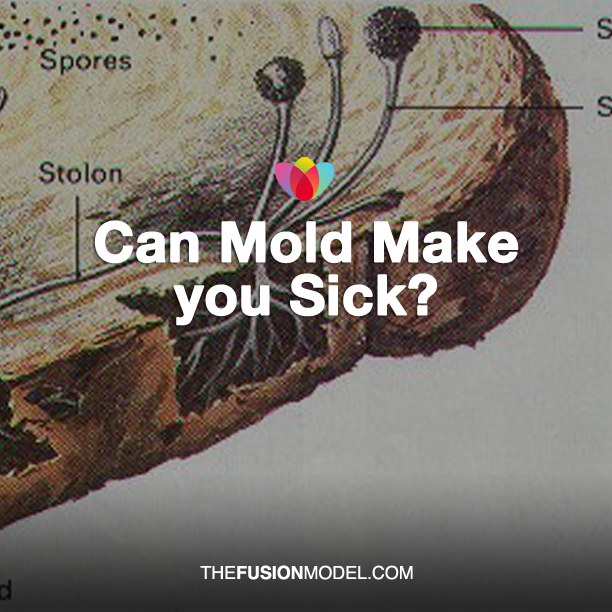Research studies have shown that mold can cause unpleasant respiratory symptoms in otherwise-healthy adults and children. Scientists also know that many people suffer from mold allergies. Plus, if you have a chronic respiratory illness or your immune system is compromised due to a medical condition or illness, mold can cause further health problems.
How Mold Makes You Sick
Mold spores fly through the air into your nose, mouth and lungs every time you take a breath. These invaders can set off alarms in your respiratory tract whether or not you have any other allergies or illnesses. Although the following symptoms aren’t life-threatening, they can make you feel pretty miserable — and mold might be the culprit:
- Cough
- Post-nasal drip
- Runny nose
- Scratchy throat
- Sneezing
- Watery, itchy eyes
In addition, if you work in an environment where you’re constantly exposed to high levels of mold — such as on a farm, in a greenhouse or in a lumber mill — you run a greater risk of developing hypersensitivity pneumonitis (HP). As an inflammation of the lungs, HP can be acute or chronic. The acute form can cause fever, chills and body aches. The long-range form can cause lung scarring. Both acute and chronic HP can cause you to cough and be short of breath.
How Mold Can Worsen An Illness
If you have a chronic respiratory disease such as asthma or cystic fibrosis, you need to guard against regular exposure to mold. Mold can exacerbate your symptoms, causing you to develop allergic bronchopulmonary aspergillosis (ABA). Although this form of ABA won’t damage your lungs, it will make you wheeze and cough and, in severe cases, be short of breath.
People who have compromised immune systems should also avoid moldy environments. If your immune responses are impaired because you’ve had chemotherapy or a bone-marrow transplant, you’re at greater risk of acquiring an invasive form of ABA that destroys lung tissue.
How To Spot — And Kill — Mold
Alternaria, aspergillus, cladosporium and penicillium are the most common indoor molds. Stachybotrys chartarum (aka black mold) is not rare, but it’s also not as common as the other four fungi.
You can often detect mold through sight or smell. Mold appears as black, gray, white or green spots and emits an unpleasant, musty odor.
You can easily destroy small amounts of mold on hard surfaces with a solution of 10 parts water to one part chlorine bleach. You’ll have to remove and discard softer surfaces that can’t be bleached, such as carpeting and upholstery.




